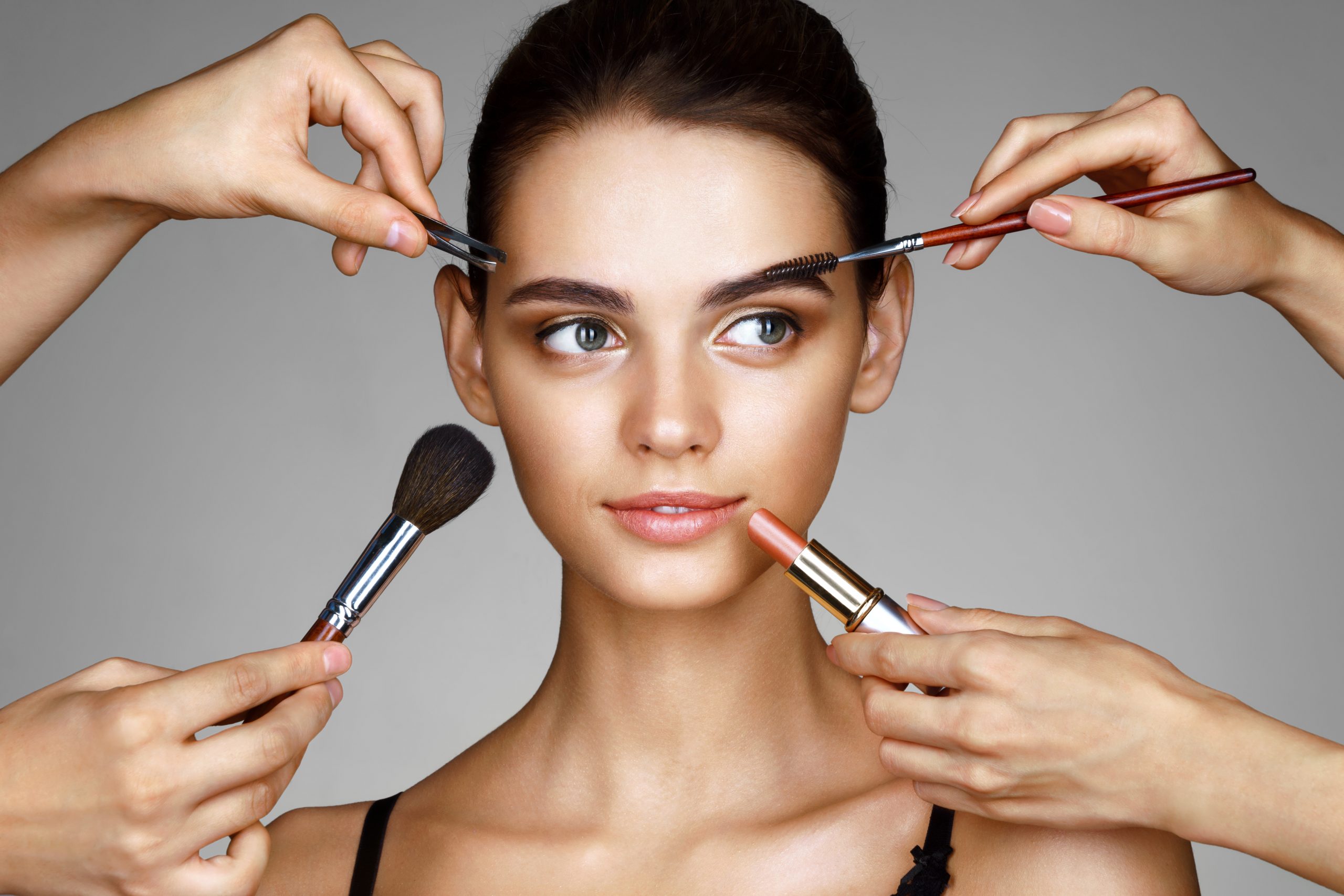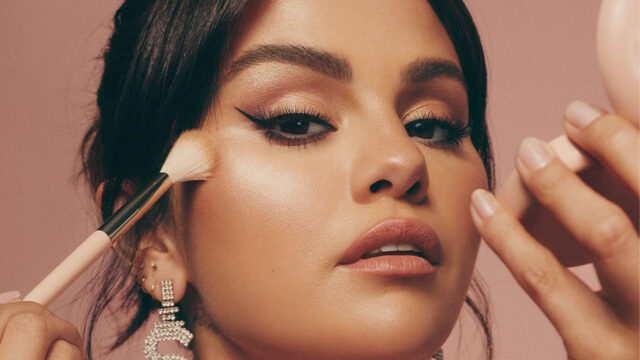Understanding Different Skin Types
Before we delve into the routines, it is important to first understand the different types of skins and their features.
1. Oily Skin: Oily skin is characterized by a lot of sebum being produced, causing the skin to be shiny with a risk of clogged pores, blackheads, and even acne. Most people with oily skin tend to break out, especially in the T zone, which consists of the forehead, nose, and chin area.
2. Dry Skin: The opposite of oily skin, dry skin is the skin which has little moisture content, leading to a feeling of tightness, flakes and roughness. Dull looking skin with fine lines may also sometimes result from having dry skin. It is during winter seasons, when the air is also dry, that most people suffer from dry skin, although certain environmental factors may also bring this condition to one’s skin.
3. Combination Skin: Combination skin displays features of more than one type of skin. This normally means that there is an oily T-zone and dry to normal cheeks. For those who have combination skin, it is possible to have different needs on different areas of their face.
4. Sensitive Skin: Sensitive skin, as its name suggests, is sensitive to products, changes in the environment, and even stress. This skin types, or in this case sensitive skin types, may turn red, may feel irritation, in some cases itch, and may also get inflamed as a reaction to some ingredients, the weather, or other skin care products.
5. Normal Skin: Normal skin is a good skin that has no excess oils or dry patches. It is smooth all around, the tone is uniform, and the skin appears healthy and has a sheen. Such individuals don’t complain about breakouts or dryness usually.
The Best Skincare Routine for Oily Skin
Step 1: Gel-based Cleanser: For people with oily skin, washing the face with a gel-based wash should do the trick while still being gentle on the skin. Harsh cleansers are to be avoided since they tend to promote oil secretion more than in normal conditions which are not ideal.
Step 2: Exfoliant: Dead skin removal through exfoliation a couple of times a week allows the removal of dead skin cells which can contribute to blockages of pores leading to acne or blackheads. A chemical exfoliant with salicylic acid is perfect for oily skin.
| Exfoliant Type | Benefits | Frequency |
|---|---|---|
| Chemical (AHAs/BHAs) | Unclogs pores, brightens skin | 1-2 times/week |
| Physical Scrubs | Removes dead skin, smoothens texture | 1 time/week |
Regardless of whatever factors you might consider in creating a skincare routine, your skin type is perhaps the most determinant one. Once you know how your skin is and what products to use, getting your skin to look the way you want it becomes easy. It is crucial to highlight the importance of consistency and over time, you will reach the level of your skin that you always wanted as you follow the right guidelines.
Step 3: Toner: Toners assist in pore tightening as well as in the removal of excess oil or makeup residue. When possible, choose an oil-free toner that employs witch hazel or salicylic acid to combat excess sebum.
Step 4: Lightweight moisturizer
Hydration is needed for even oily skin. All water-based, oil-free moisturizers that are non-comedogenic and provide moisture to blocking skin pores are good choices.
Key Ingredients: Hyaluronic acid, Niacinamide:
Step 5: Sunscreen: Daily use of non-comedogenic sunscreen with SPF 30 or higher is essential even to oily skin types since they are still prone to sun damage. Choose sunscreen that is lighter in weight such as a gel formula.
Step 1: Hydrating Cleanser: Creamy or hydrating cleansers that will not remove much of your skin’s natural oil should be the go-to for dry skin, so pick an appropriate product. Look for products that contain moisturizing agents like glycerin or ceramides for extra benefit.
Step 2: Gentle Exfoliation: Though chunky, sans smooth patches of skin are a signature feature of dry skin, exfoliation is necessary to slough them off. Use a lactic acid content based chemical exfoliant as it also hydrates the skin.
Cleanse the skin with an oil cleanser
What is it? A cleanser, as the term suggests, have cosmetics in general which are used to remove dirt from the skin. There is the water based and the other one which is a kind of oily based skin. Oily based skin cleansers help in dissolving the oils that reside on the surface of your skin.

Pros: Cleansing with oil in fact comes out with numerous advantages and scrapes the skin clean from every other becoming particles, overflows the skin turns and out the other ports as well completely and flushes out the waterproof cosmetics. There is a minor study which was performed in the year 2019, as the people have begun to casually use sun bill, which is the only reason, they propose that such water proof makeup could be removed through oil emulsion method.
Cons: However, most average users tell that during the first about 1 to 2 weeks of what they consider to be a curse, there occurs an old oil purge period which is considered a curse – the old oil on the skin gets bull dozed and skin gets erupted which many women go through in the initial days of the cycle.
Step 2: Wipe off the oil and other grease substances by the application of water based cleanser which acts as the second cleaner.
What is it?: These are basically detergents and such cleansing agents which help in rinsing off dirt and sweat using water. These can also rinse oils left behind by the previous oil based cleaner.
How to use it: Apply onto the wet face and just splash off with water and dry afterward.
This step is irrelevant if: you belong to those who propagate that double cleansing is not necessary or you don’t find it useful at all since the surfactant embodiment in the oil based one is already able to get rid of all the dirt.
Be sure to: Do not exceed in applying the amount of the cleanser for the purpose of preventing excessive skin care in everyday use and kindly use a product that does not have a more acidic pH.
Pros: The use of gentler water based cleansing agents may help avoid tally breaks in people with a history of acne offensive or oily skinned as a result of stress caused by breakage of elevated content exposure.
Cons: Sometimes the consequence of using detergent type agents or stronger surfactants on the skin can be devastating since skin using such agents may become dry and might compromise the integrity of the skin too.
Toner or astringent
What is it? Toners help replenish the fluids lost by the skin and help in the removal of dead and dirty cells which are always scattered in small areas after washing the face. A product designed with alcohol and goes along with the determination of removing secretion and grime on oily surfaces is referred to as an astringent.
How to use it: It is recommended to use a cotton ball after cleansing and press the cotton ball gently into the clean areas with a circular motion.
Skip the astringent if: When the skin is dry, the use of astringents should be avoided.
Make sure to: Avoid toners that have excessive alcohol content as those kinds of products would only irritate the skin more.
Pros: The application of toners and astringents on the other hand also facilitate the unclogging of the pores making sure that no residue is present after the washing stage.
FAQs
How do I determine my skin type?
To determine your skin type, cleanse your face with a mild cleanser, wait for about an hour, and then observe how your skin feels. Oily skin will appear shiny, dry skin will feel tight or flaky, and combination skin will show oily areas in the T-zone and dry cheeks.
Can I use the same routine for both morning and night?
While the basic steps remain the same, your nighttime routine should include a heavier moisturizer and sometimes more targeted treatments (like retinol), while your morning routine should focus on sun protection.
How often should I exfoliate?
Exfoliation frequency varies by skin type. Oily skin can tolerate exfoliation 2-3 times per week, while dry and sensitive skin should limit exfoliation to once a week.







